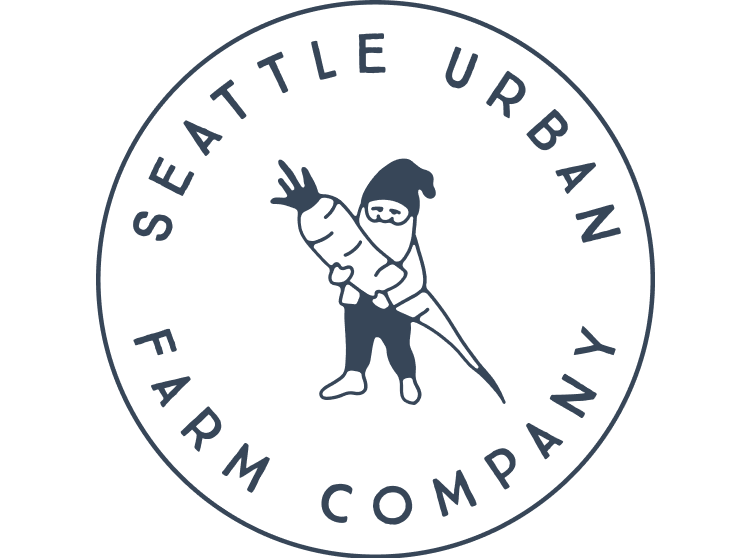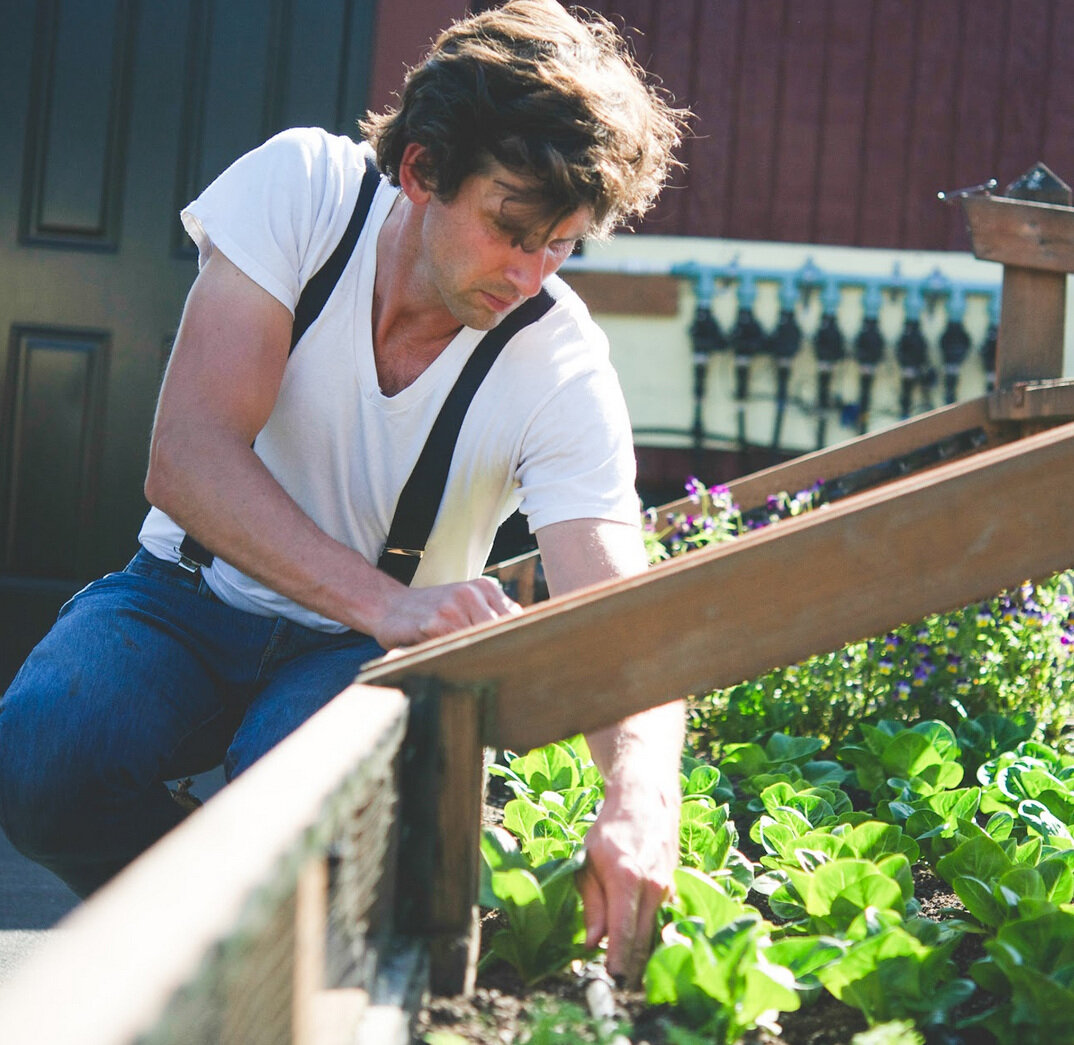Hello, I’m Hilary Dahl and this is Encyclopedia Botanica, a weekly podcast about edible gardening. This week we’re talking about beans. Specifically, I want to talk about bush beans and why they are a great choice for the home vegetable garden.
In order to understand how to select appropriate varieties of beans, it might be helpful to begin by reviewing some basic bean terminology. Some of the following descriptions are taken from our new book “High-Yield Vegetable Gardening”
Differentiating between Snap and Shell beans:
When growers talk about beans, you’ll often hear the words “snap” and “shell” being bandied about.
“Snap” means that you eat the seeds themselves, and also the pod or shell that encases them. Your standard “green beans” are all snap beans because you’re eating the pod along with the immature bean seeds.
“Shell” or “Shelling” means the shell or pod is removed from the beans before eating. “Shelling Beans” are the spherical ones you hated as a kid (but are actually amazing when harvested fresh from the garden). Think Lima beans, other popular varieties include edamame and cranberry beans. “Fresh Shell Beans” are dry bean varieties that are harvested when the pod is still green and the inner beans are very tender. These beans are usually shelled and steamed or sautéed lightly, or added to soups. Fresh shell beans are rarely available in grocery stores, so are a special treat coming from the home garden. To remove the pod from a shell bean, you usually snap the stem end off, pull the string that holds the pod together, then open the pod and remove the seeds. These same beans can be dried for storage, and that’s how you get “dry beans”.
“Dry beans” are shelling beans that are harvested after they’re fully mature and the pods are withered and dry (they’re usually dried further for extended storage). Examples include black beans, pinto beans and black eyed peas.
The terms “Pole” and “Bush” are two other commonly used words to describe the cultural practices used to grow beans. Pole beans are usually grown vertically on a trellis, and bush beans are shorter and don’t need to be trellised. There are many varieties of bush and pole beans and in fact, some varieties come in both growth forms. To confuse you even more, snap and shelling beans can have both bush and pole growth habits.
In our gardens we like to plant snap beans with both pole beans and bush growth habits. We tend not to plant many shelling beans because they take up a lot of space and require a very long growing season. Many varieties actually grow well in our climate, but the space required to grow enough to make the effort worthwhile, doesn’t make sense for most of our urban gardens. Pole beans are great because, once they are mature and producing fruit, they will continuously supply a crop for weeks and weeks, providing a great, extended harvest. Bush beans are a perfect compliment to pole beans because they mature faster, often resulting in an earlier harvest and they fruit in a more condensed time frame, so the total plant life cycle is also much quicker. This has two advantages, one, since the fruit are all ready near the same time, they are great for canning or other recipes that require large quantities of beans. Also, because the life cycle is relatively short, it is easy to plant multiple successions through the season to maintain a steady supply and diversify your selection. These qualities also make bush beans great for a small-space garden. In fact, any planting container that is at least 8 inches deep will fine for bush beans.
Right now, at the end of June, in the PNW it’s a little too late to plant pole beans, but a perfect time to put in another succession (or your first planting) of bush beans. Fortunately, this times up well with the impending removal of a lot of crops from the spring garden like cabbage, cauliflower, onions and garlic. For example, since my home garden isn’t huge, I will be pulling all of the onions and curing them out of the ground for storage and I will plant bush beans in their place.
Direct seeding is the most common way to plant bush beans. Sow seeds about 1 inch deep and 2 inches apart in rows spaced 1 foot apart. Once the seeds have germinated, thin to one plant every 4 inches.
I really like to grow my bush beans in what I think of as a block. Instead of planting one long row, I would plant 3 for 4 shorter rows, spanning the width of the garden bed. When bush beans reach a mature height, they are about 18”- 2 feet tall, and can shade out neighboring crops. When they are planted in more of a block, the hold each other up and interfere less with the neighboring plants. If you want to devote a smaller amount of space to the beans, planting a row or two along one side of a raised bed is a great option. As the plants grow taller, you can encourage them to flop towards the pathway, instead of into their neighboring plants.
12 plants will yield about 1lb of beans. So one row along the side of a 8’ raised bed would yield about 3lbs of beans.
Four varieties of bush beans that I have grown many times and found to be consistently productive and delicious are:
Provider: Traditional green bean with 5-5 ½ inch long, round pods
Royal Burgundy: This is a purple bean with round pods similar in size to the provider. I love using this tender, sweet bean fresh in salads because it does turn green when cooked.
Indy Gold wax bean: This bean is highly productive! I just learned that the seed is now patented, and so I was hesitant to suggest it here, but it’s the only yellow-wax variety I have grown. For more information in seed patented and open source seeding, visit osseeds.org
Greencrop: This is a flat-podded Romano type. They are great because pods can grow up to 8" long while still retaining good quality- giving you a little extra time to harvest.
Two pickling recipes that are handy for excess snap beans:
Gherkin Refrig (Just substitute snap beans for gherkins)




